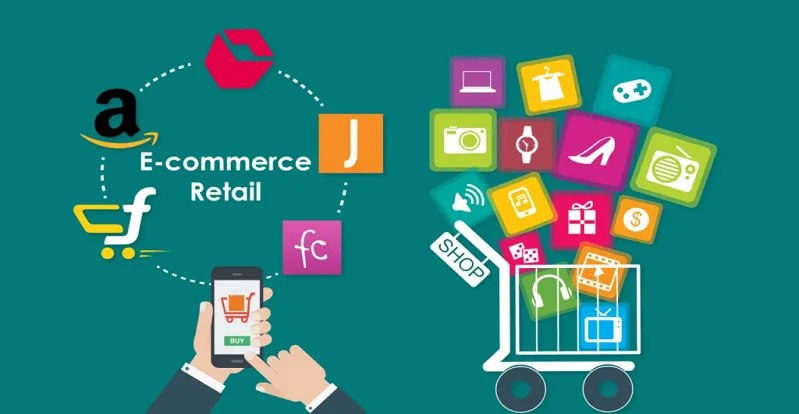
E-Commerce is Transforming Online Retail: Benefits, Use Cases, and Future Outlook
Introduction:
As
online retail becomes increasingly customer-centric, businesses need
flexibility in delivering seamless shopping experiences across channels. Enter
headless e-commerce—a modern approach that separates the frontend (user experience)
from the backend (commerce engine). This blog will delve into how headless
e-commerce is transforming online retail, its key benefits, popular use cases,
and what the future holds for this innovative technology.
What is Headless E-Commerce? Headless e-commerce decouples
the frontend and backend systems, enabling brands to design unique customer
experiences without being restricted by backend constraints. This setup allows
for more creative freedom and faster responses to customer needs and technological
advancements.
Benefits of Headless E-Commerce Flexibility in
Design and Customization:
Brands can craft unique shopping experiences on
the frontend without limitations from the backend structure, giving them more
control over design and interactivity. Enhanced Omni channel Capabilities:
Headless architecture enables businesses to integrate seamlessly with various
channels like mobile apps, social media, voice assistants, and more, providing
a consistent experience across all touch points. Speed and Performance: By
eliminating dependencies between frontend and backend, updates and new features
can be deployed faster, improving site performance and reducing time-to-market
for new campaigns. Improved Scalability: The decoupled structure of headless
e-commerce allows businesses to scale specific elements independently, making
it easier to handle high traffic without compromising performance.
Use Cases for Headless E-Commerce Personalized Shopping Experiences:
With a
headless setup, brands can implement highly customized, interactive
experiences, such as personalized product recommendations and tailored
promotions, without impacting backend performance. Omni channel Selling:
Retailers using headless e-commerce can maintain a unified shopping experience
across web, mobile, and even in-store digital displays, aligning all sales
channels for a seamless customer journey. International Expansion: Headless
architecture allows businesses to localize content, currencies, and languages
for international markets easily, catering to a global audience without needing
separate backend systems.
The Future of Headless E-Commerce Increased
Adoption of AI and Machine Learning:
As AI technologies
advance, headless setups will allow brands to integrate real-time AI-driven
insights directly into the user experience, improving personalization and
boosting conversions. Growth of Voice Commerce: Headless e-commerce will enable
retailers to integrate with voice-activated devices, making it easier for
customers to shop via smart assistants, such as Alexa and Google Assistant.
Augmented Reality (AR) Integrations: The flexibility of headless systems allows
for seamless integration of AR, giving customers a more immersive shopping
experience and enhancing product visualization.
Conclusion:
Headless e-commerce
is reshaping online retail by offering brands the flexibility to create
innovative and personalized shopping experiences across multiple channels. As
customer expectations evolve, the adaptability and future-ready capabilities of
headless e-commerce will position businesses for success in an increasingly
digital and connected world. Embracing this approach today could mean staying
competitive tomorrow.
Start your online Ecommerce Shop Now!!!
Call Now : +91 86523 62400 / 88981 41483
Read Also: Essential Features and E-Commerce Technologies for 2024
